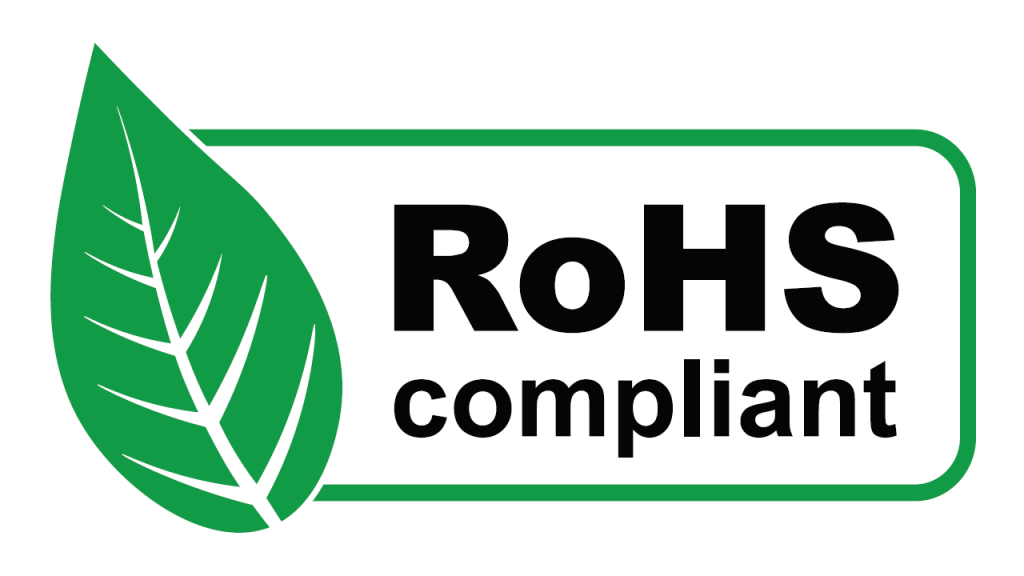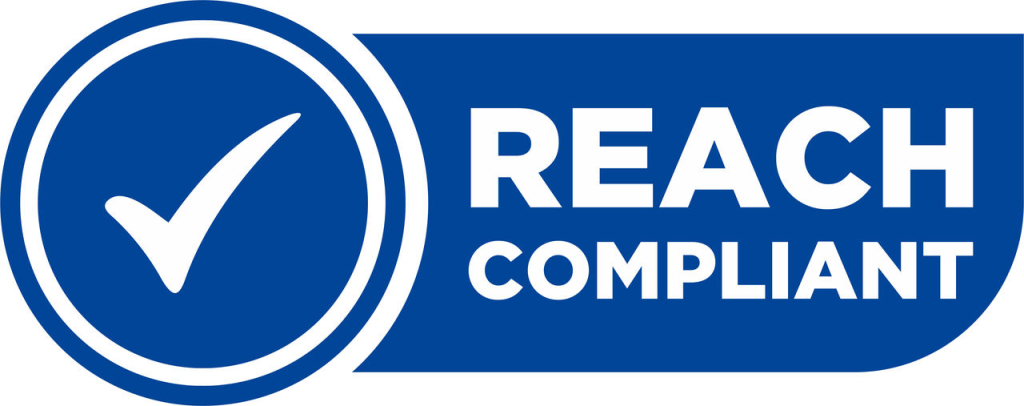The European Union has implemented stringent directives to protect human health and the environment from hazardous substances in electronic and electrical equipment. Two pivotal regulations in this regard are the Restriction of Hazardous Substances (RoHS) Directive and the Registration, Evaluation, Authorisation, and Restriction of Chemicals (REACH) Regulation. These directives aim to minimize the use of specific hazardous materials, thereby reducing environmental pollution and health risks associated with electronic waste and chemical substances.
RoHS and REACH Directives: RoHS
The RoHS Directive restricts the use of certain hazardous substances in electrical and electronic equipment (EEE) sold in the EU and EEA markets. Initially adopted in 2003 as Directive 2002/95/EC, RoHS has undergone revisions to address emerging concerns and technologies. The primary objectives of RoHS are:
Environmental Protection: Minimizing the release of hazardous substances into the environment during the disposal and recycling of electronic waste.
Human Health: Reducing exposure to toxic materials for both consumers and workers involved in electronics manufacturing and disposal.

As of the latest version, RoHS 3, the restricted substances include:
- Lead (Pb)
- Mercury (Hg)
- Cadmium (Cd)
- Hexavalent Chromium (Cr⁶⁺)
- Polybrominated Biphenyls (PBB)
- Polybrominated Diphenyl Ethers (PBDE)
- Bis(2-Ethylhexyl) phthalate (DEHP)
- Benzyl butyl phthalate (BBP)
- Dibutyl phthalate (DBP)
- Diisobutyl phthalate (DIBP)
The maximum permitted concentration is 0.1% (1000 ppm) for all substances except cadmium, which is limited to 0.01% (100 ppm). RoHS applies to a wide range of EEE, including household appliances, IT equipment, and consumer electronics. However, certain categories are exempt, such as military equipment, space equipment, large-scale stationary industrial tools, and medical devices. These exemptions acknowledge the current technological and practical challenges in eliminating hazardous substances from specific applications.
Manufacturers, importers, and distributors are responsible for ensuring their products comply with RoHS requirements. Non-compliance can result in penalties, product recalls, or bans from the EU market. The success of the EU’s RoHS Directive has inspired similar regulations worldwide. In summary, the RoHS Directive plays a crucial role in promoting environmental sustainability and protecting human health by regulating the use of hazardous substances in electronic and electrical equipment.
RoHS and REACH Directives: REACH
The REACH Regulation is the main EU law to protect human health and the environment from the risks that can be posed by chemicals. Enacted on December 18, 2006, and entering into force on June 1, 2007, REACH represents one of the most complex and significant pieces of legislation in EU history.

The main components of REACH include:
- Registration: Manufacturers and importers must gather comprehensive information on the properties and uses of substances produced or imported in quantities of one tonne or more per year. This data is submitted to the European Chemicals Agency (ECHA) to ensure transparency and safety.
- Evaluation: ECHA, along with member states, assesses the information provided to verify compliance and to further investigate substances of concern. This process ensures that the data meets the required standards and identifies any potential risks.
- Authorisation: Substances identified as being of very high concern (SVHC), such as carcinogens or those that are persistent in the environment, require authorisation for specific uses. The goal is to progressively replace these dangerous substances with safer alternatives when feasible.
- Restriction: REACH can impose restrictions on the manufacture, use, or placement of certain substances on the market if they pose unacceptable risks to health or the environment. This mechanism allows for swift action to mitigate potential hazards.
REACH applies to all chemical substances, not only those used in industrial processes but also in everyday products like cleaning agents, paints, and articles such as clothes and furniture. This broad scope means that the regulation affects a wide range of companies across various sectors.
The implementation of REACH has had a significant impact beyond the EU, influencing chemical regulation worldwide. Countries and regions have adopted similar frameworks, recognizing the importance of comprehensive chemical safety regulations.
Final Considerations
In addition to the above RoHS and REACH regulations, some manufacturers emphasize the safety of their products through the following designations:
- Halogen-Free: Indicates that the content of chlorine (Cl) and bromine (Br) in electronic materials is below certain thresholds (usually Cl ≤ 900 ppm, Br ≤ 900 ppm, total ≤ 1500 ppm). Traditional flame retardants, such as bromine-containing PBDE and PBB, may release toxic gases (e.g., dioxins) when burned. Halogen-free materials are more environmentally friendly and align with the trend of green manufacturing. Applications include PCB substrates, wires and cables, and plastic casings.
- Lead-Free: Denotes the prohibition of lead-containing materials (such as traditional tin-lead solder) in electronic manufacturing, with the lead content required to be less than 0.1% (1000 ppm). Lead is a hazardous substance that is explicitly restricted by RoHS and is toxic to the nervous system. Lead-free is one of the core requirements for RoHS compliance. Applications include solder, and component pins.
Some images are sourced online. Please contact us for removal if any copyright concerns arise.
Custom Cables: Save 50%+ Avg Cost By JST, Molex Alternatives | Processing Fee Down to $1/pcs | No Minimum Required
PCB & PCBA: New Customer Get Coupons Up to $105 | 1 – 32 Layers From $2/5pcs | PCB Assembly From $8/5pcs
Front Panels: High-quality Front Panel Acrylic/PET | Front Panel Order Up to 30% Off | Membrane Switch Available Soon
